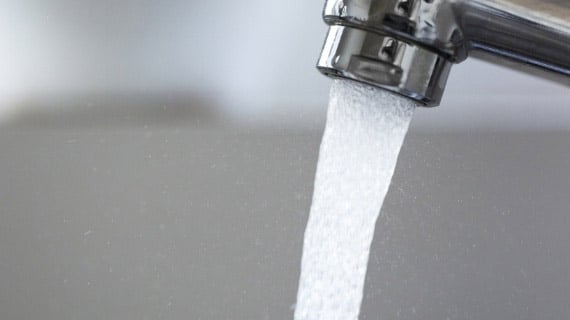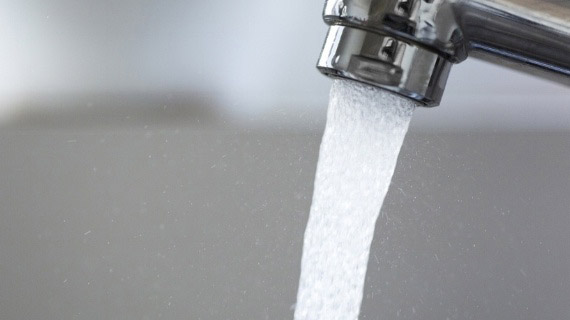
Water chlorination is a process used to combat the growth of microbiological material in new and existing water systems. The chemical’s disinfectant properties have been known since the 1890s and is still being utilised to this day to kill fatal bacteria like legionella.
It is a mandatory requirement to protect people from contaminated water, and if you’re a contracts manager of a building, it may be your responsibility to oversee that procedures like chlorination are being executed according to health and safety recommendations. Here’s what they are.
British Standards: BS8558
This is the official publication that sets the standards for everything related to a domestic water system – including the design, installation, alteration, testing and maintenance of the service.
The document contains specialist guidance on carrying out the chlorination process, including when disinfection is required and how it should be done safely.
The first thing to assess is whether or not the water system actually needs to be disinfected. The standards state that if it’s a single dwelling or a building with only minor installations, extensions and alterations, then a flushing of the system will suffice in keeping it hygienic.
However, if it satisfies any of the following criteria, a full disinfection should be carried out:
- There is suspected or definite bacterial risk - made clear by a risk assessment or a contamination such as fouling by sewage.
- There are new installations or major alterations and extensions to the water system.
- There is an installation of underground pipework.
- The system is irregularly used or flushed and there is a possibility of stagnant water.
If disinfection is required, the professional should abide by safety precautions outlined by BS8558. Most importantly, the system should not be used whilst disinfection takes place.
For complete health and safety, outlets should be marked with a warning label and anyone in the building (including those that aren’t normally present during working hours, such as cleaners) should be notified of the chlorination.
If you’re chlorinating a cistern with new coatings, you should beware of using too much chlorine as it can release chlorinated or other compounds into the water. To prevent this, the cistern should be cured before adding chlorine, and the amount of chemical should not exceed 50mg/L or that recommended by the manufacturer.
Other safety recommendations include avoiding adding other chemicals like toilet cleansers to the water; failing to do so could lead to a build-up of toxic chemical fumes.
Further advice
There are other publications and documents available, such as the PD 855468, that provide further safety advice on chlorination. This publication, in particular, is an extracted and expanded version of BS8558. It focuses on the tools and personnel within disinfection services, disinfectant type and processes, responding to bacterial growth and record-keeping.
The HSE are another important government body who provide valuable health and safety news, breakthroughs and guidance surrounding water safety.
The best way to carry out water chlorination in complete safety is by employing the help of a professional water treatment company. They’ll have the specialist equipment and expert knowledge needed to disinfect your water system effectively. To get an assessment of costs and a proposed plan of action, get in touch with Brodex for a free quote.






